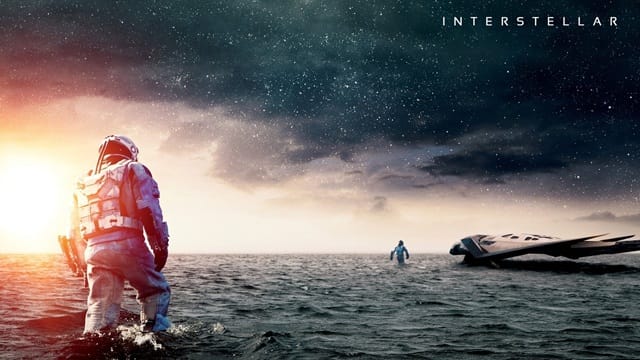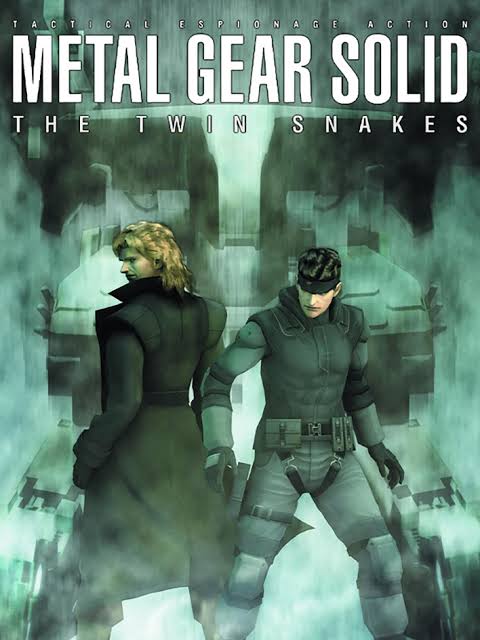Christopher Nolan’s Interstellar (2014) is more than just a sci-fi blockbuster—it’s a thought-provoking journey into the depths of space, time, and human resilience. With a gripping storyline, stunning visuals, and a scientifically grounded approach, Interstellar has left a lasting impact on both moviegoers and scientists alike.
In this article, we will dive deep into the movie’s plot, themes, scientific accuracy, and cultural impact while answering key questions that fans and newcomers may have.
Plot Summary
Set in a dystopian future where Earth is struggling with food shortages and environmental collapse, Interstellar follows Cooper (Matthew McConaughey), a former NASA pilot turned farmer. He is recruited by a secret NASA mission led by Dr. Brand (Michael Caine) to travel through a wormhole in search of a habitable planet for humanity.
Key Plot Points:
- The Dust Bowl Crisis: Earth is facing a crisis due to environmental degradation, leading to a need for planetary migration.
- Discovery of NASA’s Secret Mission: Cooper and his daughter Murphy (Mackenzie Foy/Jessica Chastain) discover hidden NASA operations working on space travel solutions.
- Journey Through the Wormhole: Cooper and his team, including Amelia Brand (Anne Hathaway), travel through a wormhole near Saturn.
- Time Dilation & Relativity: The crew encounters extreme time dilation on a water-covered planet orbiting a black hole (Gargantua).
- Murphy’s Key Discovery: Back on Earth, Murphy solves the equation needed for space colonization using quantum data relayed by Cooper from a higher-dimensional tesseract inside the black hole.
- The Endgame: Cooper is rescued and wakes up near Saturn, where humanity has relocated to a massive space station named Cooper Station.
Scientific Accuracy: How Real is Interstellar?
One of Interstellar‘s greatest strengths is its commitment to scientific realism. Renowned physicist Kip Thorne served as the film’s scientific consultant, ensuring the movie adhered to real astrophysical principles.
Real-World Scientific Concepts in Interstellar:
- Wormholes: The concept of a shortcut through spacetime is theoretical but grounded in Einstein’s General Relativity.
- Time Dilation: The extreme gravitational pull of Gargantua realistically slows time relative to observers elsewhere.
- Black Holes & Event Horizons: The visualization of Gargantua is one of the most scientifically accurate depictions of a black hole in cinematic history.
- Tesseracts & Higher Dimensions: While speculative, these concepts align with certain theories in quantum physics and string theory.
Themes and Philosophical Depth
Beyond science, Interstellar explores profound themes that resonate with audiences.
Key Themes:
- Love as a Universal Force: Amelia Brand’s argument that love transcends space and time is a philosophical take on the nature of human connection.
- Survival vs. Sacrifice: The dilemma of individual survival versus the greater good is a recurring theme.
- The Power of Human Ingenuity: The movie celebrates humanity’s ability to solve problems through intelligence and perseverance.
Cinematic Excellence: Direction, Music, and Visuals
Christopher Nolan’s direction, combined with Hans Zimmer’s evocative score and stunning cinematography, makes Interstellar an unforgettable experience.
Notable Aspects:
- Hans Zimmer’s Score: The organ-heavy soundtrack enhances the film’s emotional weight and grandeur.
- IMAX Filming: Nolan used real locations and IMAX cameras for stunning visual authenticity.
- Minimal CGI: Practical effects were prioritized over CGI to maintain realism.
Cultural and Critical Reception
Upon its release, Interstellar received both critical acclaim and audience appreciation, grossing over $701 million worldwide.
Notable Recognitions:
- Academy Award for Best Visual Effects
- High IMDb Rating (8.7/10)
- Scientific Community Praise for Accuracy
Frequently Asked Questions
- Is Interstellar scientifically accurate?
- Yes, many concepts are grounded in real physics, particularly those involving black holes and relativity.
- What is the significance of the tesseract scene?
- The tesseract represents a higher-dimensional space where Cooper interacts with Murphy’s past.
- Why is time different on Miller’s planet?
- The planet orbits Gargantua, whose intense gravity causes extreme time dilation.
- Is there a sequel planned for Interstellar?
- As of now, Christopher Nolan has no plans for a sequel.
- What is the meaning of the ending?
- Cooper survives and reunites with an elderly Murphy, signifying that love and connection transcend space and time.
- Interstellar (2014) – A Sci-Fi Masterpiece Explored in Detail
- Discover the science, themes, and impact of Christopher Nolan’s Interstellar (2014) in this in-depth article.
- Interstellar movie, Interstellar explained, Christopher Nolan, black holes, space movies, time dilation.
- interstellar-2014-movie-explained
- Interstellar movie black hole, Interstellar tesseract scene, Interstellar spaceship Endurance.
Interstellar is a film that continues to spark discussions about science, philosophy, and the future of humanity. Whether you’re watching it for the stunning visuals, the emotional storytelling, or the scientific intrigue, it remains one of the most impactful sci-fi movies of the 21st century.






